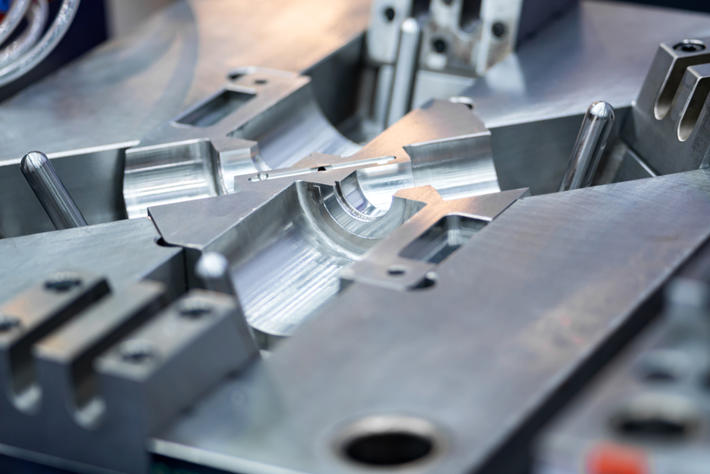Aluminum alloy die casting is a widely used manufacturing process in which molten metal is injected into a mold cavity under high pressure. The molten metal solidifies inside the mold cavity and takes the shape of the mold, resulting in a high-quality and accurate component.
The process of aluminum alloy die casting involves several important steps. First, the mold is prepared by coating it with a lubricant to prevent the molten metal from sticking to it. Then, the molten metal is injected into the mold cavity at high pressure, typically ranging from 1500 to 2500 psi, to ensure that the metal fills all the corners and cavities of the mold. Once the molten metal solidifies, the mold is opened, and the component is removed.
There are several advantages of using aluminum alloy die casting. First, it is a highly cost-effective manufacturing process, as it allows for the production of complex parts with high precision and accuracy. Second, aluminum alloy die casting produces parts with excellent strength-to-weight ratios, making them ideal for use in a wide range of applications. Third, this process allows for the production of parts with excellent surface finishes, which can be further improved through post-processing operations such as polishing or painting.

There are also several different types of aluminum alloys that can be used in die casting. Some of the most commonly used alloys include A380, which is known for its excellent strength and ductility, and ADC12, which is a lightweight aluminum alloy that is ideal for use in automotive and electronic components. Other popular alloys include A356, which is known for its excellent corrosion resistance, and AlSi12, which is often used in the production of high-precision components.
In addition to its many advantages, aluminum alloy die casting also has some limitations. For example, it is not suitable for the production of very large components, as the mold size and weight can become prohibitively large. Additionally, it is not the best choice for components that require extreme precision, as some level of variation is inevitable during the casting process.
Overall, aluminum alloy die casting is a highly effective and widely used manufacturing process that offers many advantages over other methods. With its ability to produce high-quality components with excellent strength-to-weight ratios and surface finishes, it is an ideal choice for a wide range of applications, from automotive and aerospace to consumer electronics and industrial equipment.
-

- OEM high pressure die casting magnesium alloy wheel for e-bike
-

- Magnesium alloy die-casting Auto parts controller housing
-

- Magnesium alloy thixomolding die-casting UAV parts
-

- Magnesium alloy die-casting electric vehicle mid-mounted motor housing
-

- Magnesium Aluminium alloy die casting parts Chain cover for automotive
-

- OEM high pressure die casting magnesium alloy frame for bicycle

 0086-750-5616188
0086-750-5616188 +86 13392089688
+86 13392089688 sales@zhongmei-tech.com
sales@zhongmei-tech.com







